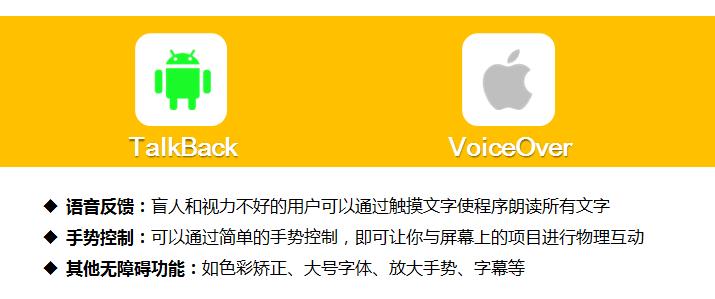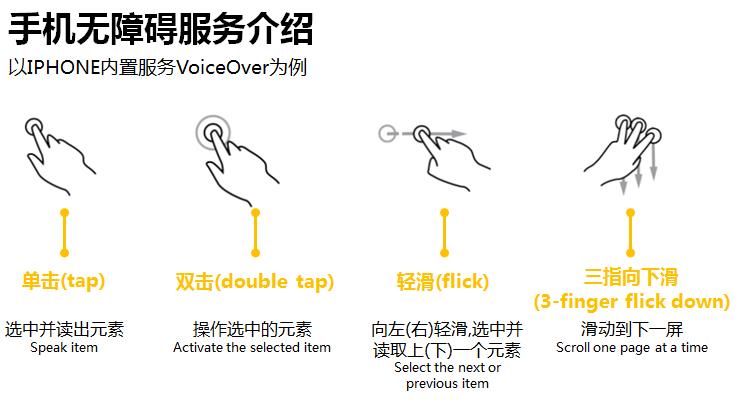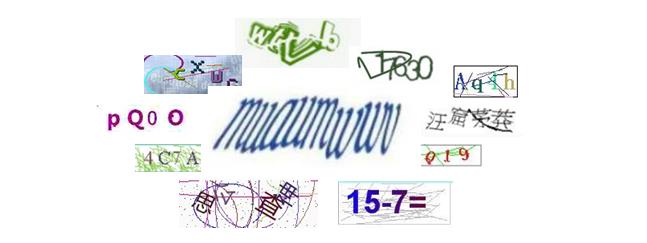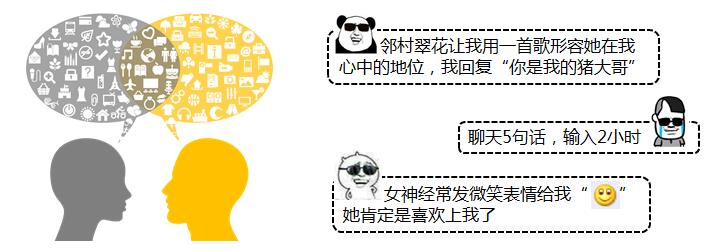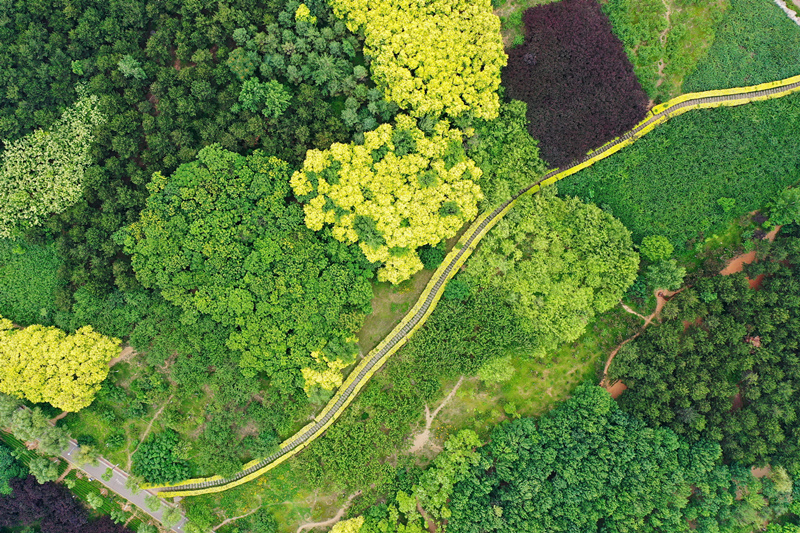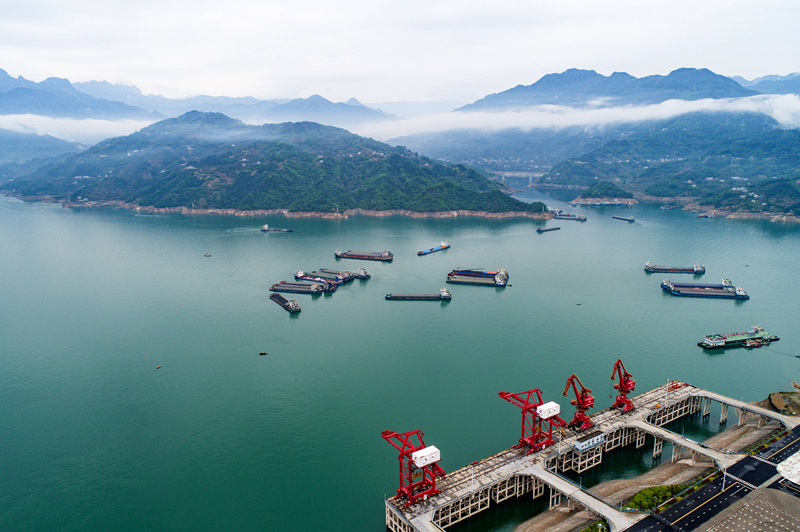Analects of Finance and Economics
Author: Yao Yaqi
In the beverage shops in urban streets and lanes, three or five friends sit around the stove and spend their leisure afternoons in the smoke of cooking tea; On the social platform, what brand of down jacket to buy is more cost-effective, which has become a new hot spot for people to discuss consumption choices; Hot sugar fried chestnut tea, hot sweet-scented osmanthus rice, and seasonal hot drinks introduced by beverage shops have triggered a craze for queuing to buy … …
It has been a severe winter, and although it has cooled down and snowed in many places, the "warm economy" in winter displayed by different industries is heating up continuously in China. Not only in many industries, but also in different regions, various consumption formats are also dynamic in generate. In the north, Changbai Mountain and other areas rich in ice and snow resources, ice and snow tourism projects such as festivals, research and skiing, as well as timely subsidies for tourism consumption, have attracted skiers from all over the country and even the world to enjoy the scenery of the north and enjoy skiing. Looking at the south, many cities and counties in Hainan take the opportunity of "wintering" tourism to let tourists feel the happy and warm atmosphere in winter theme activities such as cultural performances and sports events. In the cold winter, people can still feel the fierceness of consumer markets everywhere.
This winter’s consumption fever is also the embodiment of China’s sustained recovery of consumption and long-term positive trend of economic development. According to the data released by the National Bureau of Statistics, in the first three quarters, the total retail sales of consumer goods in China was 34,210.7 billion yuan, a year-on-year increase of 6.8%. Retail sales of commodities reached 30.5 trillion yuan, up by 5.5%; The catering revenue was 3,710.5 billion yuan, an increase of 18.7%. The national online retail sales reached 10,819.8 billion yuan, up 11.6% year-on-year. China’s new consumption format continues to be active, the market vitality continues to be generate, and the consumer demand of residents is constantly being released.
Good data means the strong resilience of China’s economic development. We should also see that the consumption potential of Chinese residents is still subject to some constraints, and there is still much room for improvement in residents’ consumption willingness and consumption ability. Faced with huge consumption potential and super-large-scale market, all localities are further opening up consumption channels, creating consumption hotspots, and accelerating the smooth "double cycle" to stimulate further economic development.
In some cities, the construction of an international consumption center city is in full swing as an important measure to guide and drive consumption. In July 2021, with the approval of the State Council, five cities, namely Shanghai, Beijing, Guangzhou, Tianjin and Chongqing, took the lead in building an international consumption center city. Since then, Shenzhen, Wuhan, Changsha, Zhengzhou, Xi ‘an, Hangzhou and other places have also issued relevant plans and programs. International consumption center is one of the core functions of modern international metropolis, the gathering place of global consumption resources, the commanding height of a country and even the global consumption market, and the vane of international consumption development. It is generally characterized by international fame, prosperous cities, active business, convenient arrival, comfortable consumption and superior location, with rich and diverse consumption supply, pleasant and convenient consumption environment, perfect and orderly consumption system, leading economic and cultural status and other key elements.
Promoting the cultivation and construction of international consumption center cities is an important strategy to promote high-quality economic development and build a new development pattern, which has brought a positive pulling effect on promoting consumption. In Beijing, 34 traditional business districts, such as Wangfujing, Qianmen Dashilan and Sanlitun, have been upgraded since the start of the construction of an international consumption center city. The Universal Theme Park was grandly opened, and the number of country houses in the city grew to 4,965, and the cultural tourism consumer market continued to release vitality; Consumer demand has shifted from commodity consumption to balanced development of commodity consumption and service consumption, and the consumer market has shown a trend of diversification, quality and personalized upgrading. Guangzhou’s consumption vitality is also constantly improving. In the list of China’s consumption vitality cities published by Forbes China in 2023, Guangzhou’s urban commercial charm continues to upgrade, rising one place compared with last year, ranking third in Chinese mainland, following Beijing and Shanghai.
However, it should also be noted that compared with new york, Paris, Dubai, Tokyo and other international cities that radiate global consumption, there is still a certain gap in the construction of international consumption center cities in China. To become an international consumption center, cities are required to have super-strong economic strength, highly developed comprehensive service industry and business ability to serve the whole world. At the same time, it is also required to have distinctive commercial content, become a global commercial landmark with recognition, and attract international and large-scale global consumer groups.
In the process of building an international consumption center city, all localities should introduce relevant policies and measures according to their own advantages, continuously expand residents’ consumption and promote consumption upgrading, and enhance the global influence and attractiveness of consumption. In the construction of urban business districts, it is necessary to combine local characteristics and different levels of consumer demand, build a world-class, metropolitan and regional business district system according to local conditions, adhere to diversified development, optimize the layout of business districts, and create attractive new consumption formats and new scenes. Under the trend of economic globalization and information networking, we should give full play to the technological advantages of the Internet, big data and artificial intelligence, constantly develop new online consumption modes and scenarios, and lead the new trend of digital consumption. In terms of coordinating the domestic and international markets, it is necessary to continuously expand high-level opening to the outside world, promote the gathering of high-end international consumption resources, form an advantageous industry with international influence, and at the same time vigorously develop the local cultural tourism industry, build a global tourism destination city, and attract global consumers.

